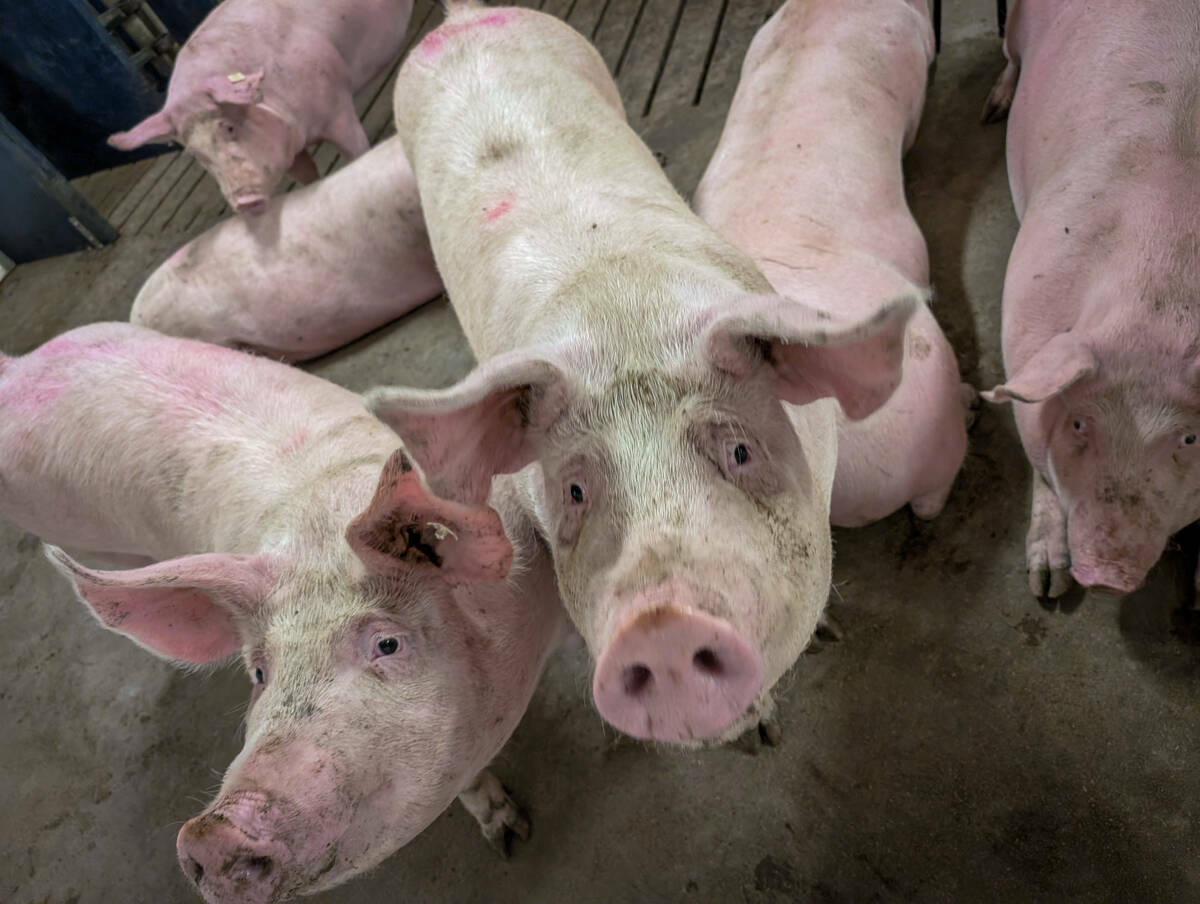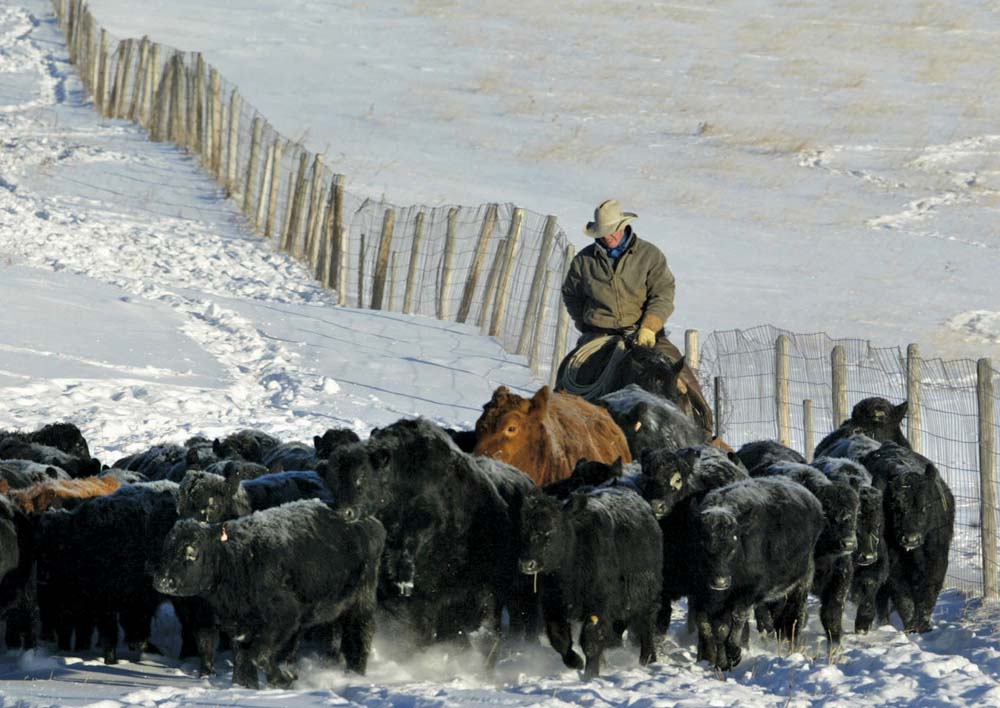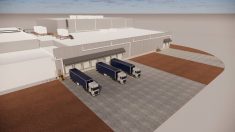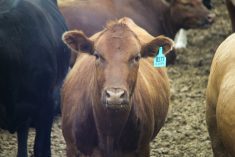When this paper came into existence, the province’s cattle herd was growing by leaps and bounds.
But that wasn’t good news — it was because the discovery of a single cow with BSE in May 2003 had caused the border to slam shut, reducing the opportunities to market cattle.
“Nationally, when we started out that year, our herd was 4.75 million,” said Anne Wasko, market analyst with Gateway Livestock Services in Taber. “Once borders closed, our inventory continued to skyrocket over the next five years.”
Read Also

Ottawa pauses update on food from cloned livestock
Health Canada has indefinitely suspended a proposed update to the novel food policy governing foods derived from cloned cattle and swine, as well as their progeny.
It would peak at just under 5.3 million (at the start of 2005), stay around the five-million mark for another three years, and then steadily slide to 3.4 million by 2017, according to StatsCan estimates.
After a small uptick a year ago, will start this year down another two per cent, said Wasko.
“I’ve been pretty open that I think the cow herd when we start off on January 1, 2019 is going to be smaller again,” she said. “That will be the smallest cow herd in this country since 1991; the smallest cow herd in 28 years.”
It has, said Wasko, “been an interesting 15 years.”
South of the border, it’s an entirely different story.
The American cow herd has been going through an aggressive growth phase, adding three million cows to the U.S. herd last year alone. It’s estimated that the American cattle cycle will peak in 2020, with a liquidation phase afterwards.
“There’s a lot of evidence, especially south of the border, that the historic cattle cycle is in place,” she said. “I think it would be ignorant of us to expect — barring those outside influences like drought — to jump into the cycle and do something different. I think once Mother Nature allows it, we will see the Canadian herd get back in tandem with the U.S.
Prices have been good, or very good, in recent years but dry conditions have hampered expansion — and that may continue.
“We’ve had two years of drought in the Prairies,” said Wasko. “I understand that we’re in an El Niño, which could lead to continued dry conditions in 2019.
“I don’t care what the front-page articles are saying we should or shouldn’t do. If Mother Nature isn’t assisting the grassroots producers in terms of moisture and forage and grass and pasture conditions and all those things, there’s going to be a sell-off.”
The after-effects of the BSE crisis arguably lingered for a dozen years.
The rise in beef prices didn’t prompt an expansion partly because older producers who had hung on during the lean years were finally able to exit. And those who remained had debts to pay down, infrastructure overdue for upgrading, and equity to build up.
“The first few years of profits were not put into expanding the cow herd,” said Wasko. “There were so many things that producers hadn’t done for the previous 10.”
Then the rains came up short, pastures withered in the heat, and farmers scrambled to find affordable feed.
“I just can’t see us growing a cow herd in key areas of this country that have been devastated with drought,” said Wasko.
According to StatsCan, the average herd size nationally was about 156 animals, with Alberta averaging 239 (well ahead of second-place Saskatchewan, where the average herd was 170 animals).
But there’s a very good reason why those numbers need to grow in Western Canada.
“We’ve got two very large packers and some smaller packers along with that,” said Wasko, who raises cattle near Eastend, Sask. “A dwindling supply becomes a concern in terms of keeping those operations viable and efficient. We’ve got some big players and we want to keep the industry viable and competitive, and that means keeping everyone in business.”
The smaller herd also throws a wrinkle into trade deals with Europe and Trans-Pacific nations that open the door to more overseas exports.
“How do you send the message to the rest of the world that we’re ready for business if our herd is getting smaller?” asked Wasko.
However, people forget one thing when they talk about beef production and the size of the herd, and that’s tonnage.
“That chart doesn’t look at all like cow numbers,” she said. “We’ve become more efficient on a per-head basis.”
Most of this work is happening at the feedlot level.
“The last year or year and a half, we’ve been importing cattle to make up some of the deficiencies in numbers. Look at how much beef Canadian feedlots are producing. It’s certainly not at the levels we saw back in the ’90s. It’s (now) 3.1 billion pounds, and that’s five per cent larger than last year. I think it’s critical to talk about both.
“You’re missing that point if you’re just talking about the smallest cow herd since ’91. This isn’t your grandpappy’s cow. It’s a different cow.”
Carcass weight has increased by seven pounds, every year since the 1970s.
“That comes largely through the efficiencies and innovations that happen at the feedlot level,” said Wasko. “I don’t think I would suggest that our base cow herd or our mother cows are bigger.”
Producers have also got better at their management. They are keeping more calves alive, providing cows with better nutrition, and making better management decisions.
There’s one other factor — and it won’t show up in any set of numbers: Kids talking to their parents about taking over the ranch.
“Through a lot of the 15 years that Alberta Farmer has been in existence, we didn’t have transition discussions for 10 of them,” said Wasko. “It was ‘go find something else to do.’
“I’m certainly encouraged that that’s a component of so many meetings I attend. I don’t think it’s just talk. Those transitions are happening.”
When ranchers have all the right signals, they will grow their herds, she said.
















